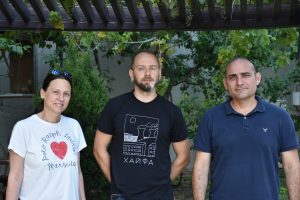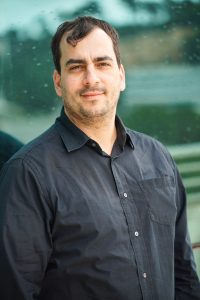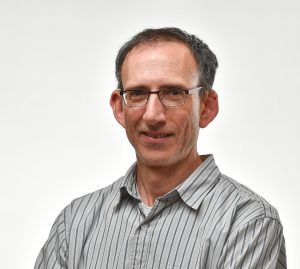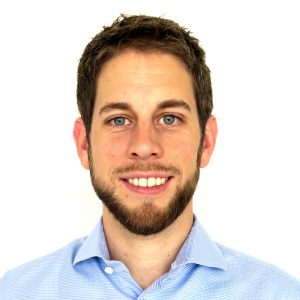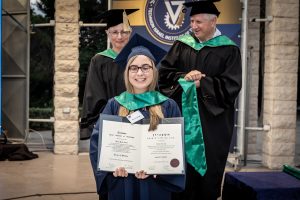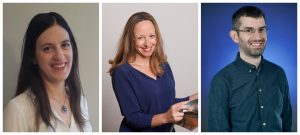Joint research by the Technion and KSM, Maccabi Health Services’ Research and Innovation Center, has demonstrated that the rapid and extensive vaccination of Israel’s adult population against COVID-19 provided highly substantial protection for the adolescent public – 16 year-olds and younger – who were not eligible to receive the shots until recently. The study, based on an analysis of 1.37 million vaccinated individuals from 246 different communities in Israel, has identified a significant negative association between the vaccination rate in a given area and infection among the unvaccinated (true infection rate) at those young ages, who were not eligible for the vaccination until recently.
The study, which was published in Nature Medicine, garnered worldwide attention, including coverage in the New York Times. The research project was headed by the Technion’s Prof. Roy Kishony, Dr. Idan Yelin, and student Oren Milman of the Faculty of Biology and the Lorry I. Lokey Interdisciplinary Center for Life Sciences and Engineering, in collaboration with experts from KSM (the Kahn-Sagol-Maccabi Research and Innovation Center) headed by Dr. Tal Patalon.
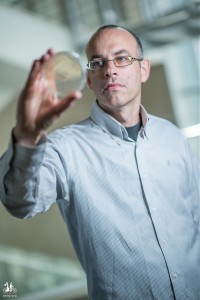
The present study continues and further strengthens the findings of a previous study by the Technion and KSM, which was also published in Nature Medicine. The earlier study demonstrated that the vaccination substantially decreases the viral load after inoculation, and therefore lowers the vaccinated individual’s “personal reproduction number,” i.e. his chances of infecting others. According to Prof. Kishony, “We have now found that those findings are correct, not only on the individual level, but also with regard to the population as a whole. The mass vaccination of the adult Israeli population lowered the reproduction number, and thus substantially protected the infant, child and up to 16-year-old adolescent population, who were not eligible for the vaccination until recently.”
The vaccination rollout in Israel began on December 19, 2020, and within nine weeks almost half the population had received the BNT162b vaccine from Pfizer–BioNTech. The rapid and extensive rollout, which was not uniform everywhere in the country, provided a rare opportunity to examine the effect of vaccination in each community on the community as a whole. The close collaboration between the Technion and Maccabi also enabled the researchers to perform an advanced statistical analysis of a large public – 1.37 million members of Maccabi Healthcare Services, who were vaccinated between December 6, 2020 and March 9, 2021. The data used by the Technion researchers were, of course, anonymous, meaning that they did not include any information on the patient’s identity.
The study was carried out on the basis of a geographic segmentation of the country, in which 246 communities from different geographic regions in Israel were defined. This segmentation was designed to test the association between the vaccination rate at the community level in a particular area and the level of infection among the young population (age 16 and less). As mentioned, the article identifies a robust negative association between the vaccination rate and the risk of infection for unvaccinated members of the community in question.
The study was sponsored by a grant from the KillCorona research grant program. Coordinated by the Israel Science Foundation, the program was established one year ago to encourage research to help flatten the COVID-19 curve.

![באיור: הפינצטה האופטית שמימין מתחילה לפרום את הדי-אן-איי לשני גדיליו. כשהפרימה תגיע לכרומטוזום היא תיעצר על ידי מגעים בין ההיסטונים [בצהוב, ורוד וכחול] והדי-אן-איי, וכך יהיה אפשר לבדוק אם מדובר בכרומטוזום פתוח (למטה מימין) או הדוק (למטה משמאל).](https://www.technion.ac.il/wp-content/uploads/2021/07/2-300x209.png)
